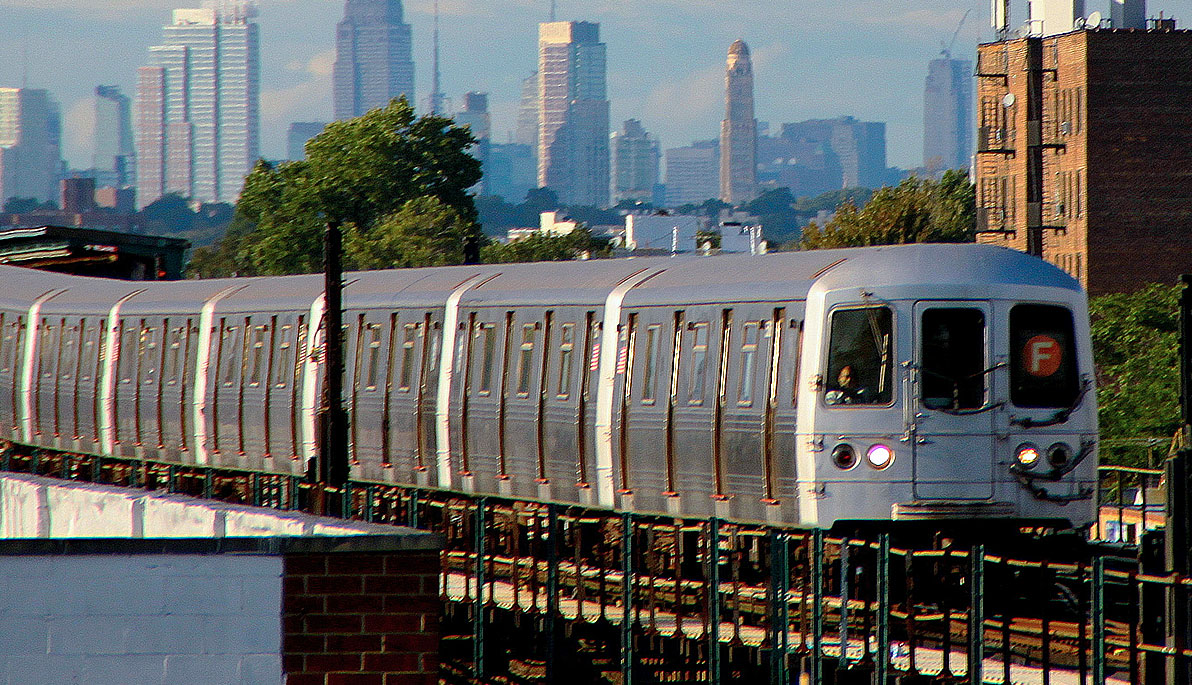News
How Trump’s Infrastructure Plan Could Crumble Mass Transit
March 29, 2018
President Trump recently unveiled his long-awaited infrastructure plan, which aims to generate $1.5 trillion in infrastructure funding. This may help fix some roads and bridges, but it would starve public transportation systems of funding, writes Nicholas D. Bloom,Ph.D., associate professor and chair of social science, in an op-ed published by CNBC.com.
Under the plan, aging U.S. rail and bus systems would further deteriorate, drivers would face worse traffic, and big cities would become less globally competitive, he writes.
“Governors, who control most of the nation’s regional transit authorities, must demand more federal transit funding,” Bloom says.
America’s public transit infrastructure is already woefully outdated. In New York, commuters still reel from last year’s so-called “Summer of Hell.” Washington, D.C.’s metro system continues to makes headlines for derailments, fires, long delays, and more.
President Trump’s plan could make such crises more common by cutting critical grant initiatives. The actual federal contribution would be just $200 billion—to be split among roads, bridges, airports, and public transit.
So where does the needed funding come from? “States and cities, many of which are already strapped for cash,” Bloom notes, adding that the federal government would prioritize projects that attract the most long-term outside funding, rather than those generating the greatest economic and social returns. “Public transit may not be enticing for investors, but these systems deliver solid returns to everyone else.
“To compete internationally, we need to offer states more federal funding for mass transit,” he says. “Governors know the specific needs of their urban regions and can craft large-scale, long-term plans for their constituents.”
This op-ed is part of an NYIT thought-leadership campaign designed to help generate awareness and build reputation for the university on topics of national relevance. Read more op-eds by NYIT experts.


_Thumb.jpg)


